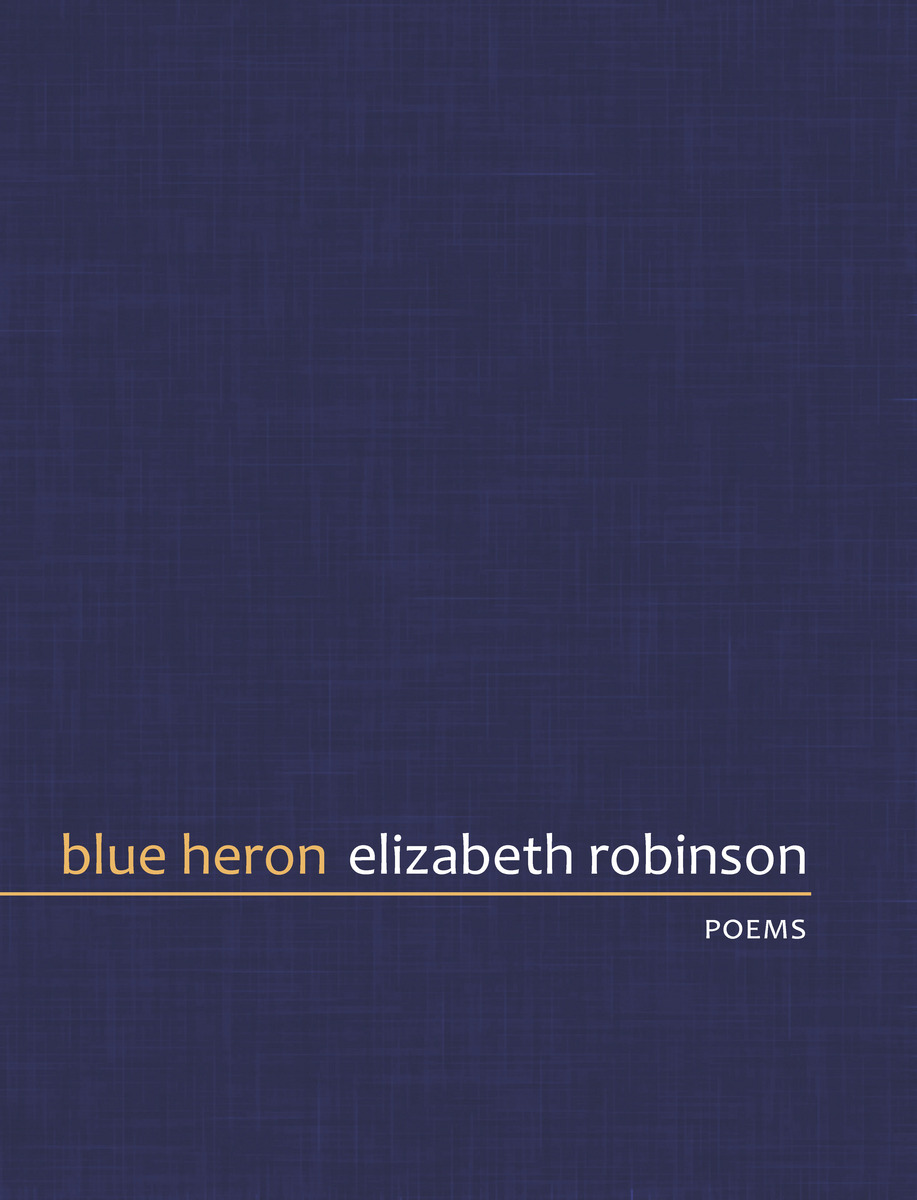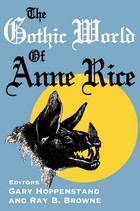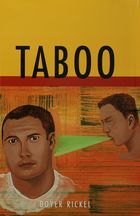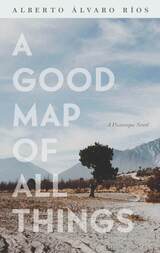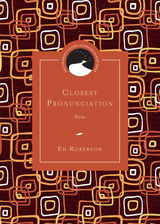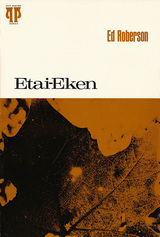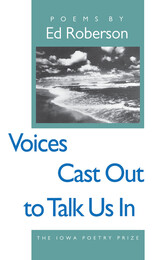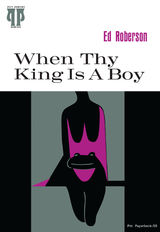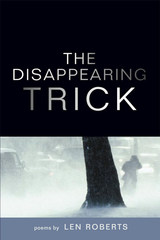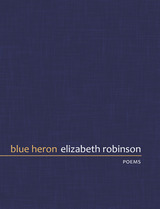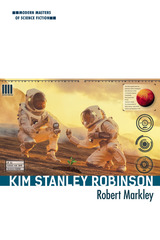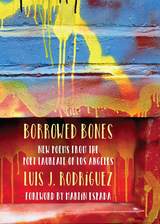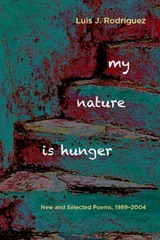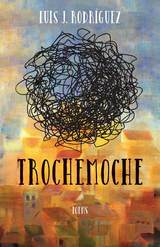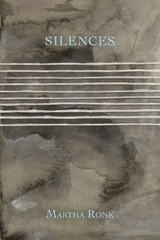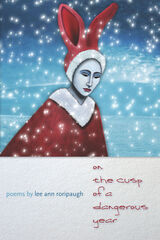Blue Heron
University Press of Colorado, 2013
eISBN: 978-1-885635-30-3 | Paper: 978-1-885635-29-7
Library of Congress Classification PS3568.O2883A6 2013
Dewey Decimal Classification 811.54
eISBN: 978-1-885635-30-3 | Paper: 978-1-885635-29-7
Library of Congress Classification PS3568.O2883A6 2013
Dewey Decimal Classification 811.54
ABOUT THIS BOOK | AUTHOR BIOGRAPHY | REVIEWS | TOC | REQUEST ACCESSIBLE FILE
ABOUT THIS BOOK
The poems in Blue Heron delineate a passage through grief and change. Here, personal loss is continuous with threats to other species and landscapes. In response, Robinson has uprooted the terrain of language, “what / bestows itself from / the almost-invisible / and its stain.” If these uprootings are casualties of a poetics seeking to redress imbalance and “pollution,” then they are also opportunities to rethink what can exist in the field of poetic language as “roots also quicken, bruise their plural pronouns, lose tune, / forsake terrain by moving through and on it.” And so Blue Heron links poetic process with organic process, presence with the gap we know as hauntedness. The page is not only a resonant physical field, but also a site of dialogue between human and landscape, between lack and manifestation. If these poems constitute a poetics of loss, they are equally a movement toward a poetics of openness, risk, and renewed balance in which poetry shifts as “a form of weather, a form/of following, falling from the form/as it twists.”
